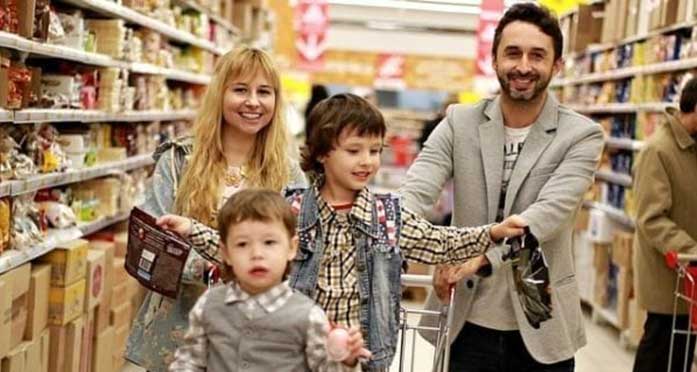More family time can foster resilience in children affected by the disruptions
The survey results were considered a loud and clear “cry for help” from high school students suffering from the fallout of the COVID-19 pandemic.
According to the U.S. Centers for Disease Control, more than a third reported poor mental health, and about 44 per cent said they felt persistently sad or hopeless.

Christina Rinaldi
The widespread malaise was largely due to the social disruption of school closures, as young people were cut off from their peers during crucial years of development, says Christina Rinaldi, a professor in the University of Alberta’s Faculty of Education and registered psychologist. Her research focuses on children and adolescents’ social and emotional learning and development.
Rinaldi’s recent studies have examined the relationship between adolescents and their parents during the pandemic and reintegration and the different roles of mothers and fathers in homeschooling.
Compounding delays in social development for many youths was the disruption in learning. Some say it could take years for young people to recover fully.
The Organization for Economic Co-operation and Development estimates that, globally, K-12 students affected by school closures could lose close to three per cent in income over their lifetimes unless intentional remediation is implemented.
So as children and adolescents reintegrate into school life, what’s the best way to recover from a significant interruption in their education?
It starts with refusing to surrender to the doomsday hype in some of the more sweeping predictions, says Rinaldi.
“I don’t like the alarmism,” she says, pointing out that while much of the concern may be valid, it’s easy for families to internalize the stress of falling behind. It’s also important to recognize that adapting to change is part of life.
“Kids are remarkably resilient and will recover.”
The first step in recovery, she says, is self-care. It may seem obvious, but for parents, it comes down to insisting on a structured routine and the three pillars of sleep, nutrition and exercise.
“Those I think are foundational – all the other stuff can come after,” she says.
Some of the best ways to cultivate resilience are found in what we learned during the quietest hours of public health restrictions, she says, when many discovered the joys of simply hanging out with family, nurturing relationships and discovering, or rediscovering, shared interests.
Rinaldi concedes this ideal scenario was not true in every case. Some families may have felt pressure before COVID arrived, which the pandemic only exacerbated. The CDC found that 11 per cent of students experienced “physical abuse by a parent or other adult in the home, including hitting, beating, kicking, or physically hurting the student.”
But she did hear from some parents and students interviewed for her forthcoming study that “they were forced to be present with each other, and they started to value it. Those were beautiful opportunities for some. They grew closer together.”
Another pandemic revelation – in some cases inspired by the suspension of extracurricular activities – was discovering the importance of play, says Rinaldi, as kids found ways to amuse themselves on their own.
Studies have shown that spontaneous, unstructured play allows children to explore, create and discover without predetermined rules or guidelines, which yields a host of benefits from aiding cognitive and physical development to fostering crucial social and emotional “soft” skills. It can ignite the imagination while nurturing problem-solving abilities.
The pandemic also allowed many families to step back and reassess priorities in their lives, says Rinaldi. It was an opportunity to step off what can sometimes turn into a repressive treadmill, and reclaim agency.
As we return to a normal routine, “people think they have to make up lost time,” says Rinaldi. “It’s part of this anxious assumption that we’re always behind, or we always have to do better.
“But what do I want to continue doing? What can we afford to give up? Do we really need to be running around all the time doing everything?”
Those students who were having difficulty with school even before the pandemic, perhaps because of a reading disability, might need some extra help to stay on track, Rinaldi notes. For others, it’s important to pay close attention to how they’re doing, foster healthy coping strategies and intervene if they are struggling.
“But you aren’t alone in figuring this out,” she adds. “There are supports that can help you get the information that you need, either at school or online.
“My biggest message for parents: be present for your kids and provide a warm, responsive home. Communication and connection are the most important things.”
| By Geoff McMaster
Geoff McMaster is a reporter with the University of Alberta’s Folio online magazine. The University of Alberta is a Troy Media Editorial Content Provider Partner.
The opinions expressed by our columnists and contributors are theirs alone and do not inherently or expressly reflect the views of our publication.
© Troy Media
Troy Media is an editorial content provider to media outlets and its own hosted community news outlets across Canada.


